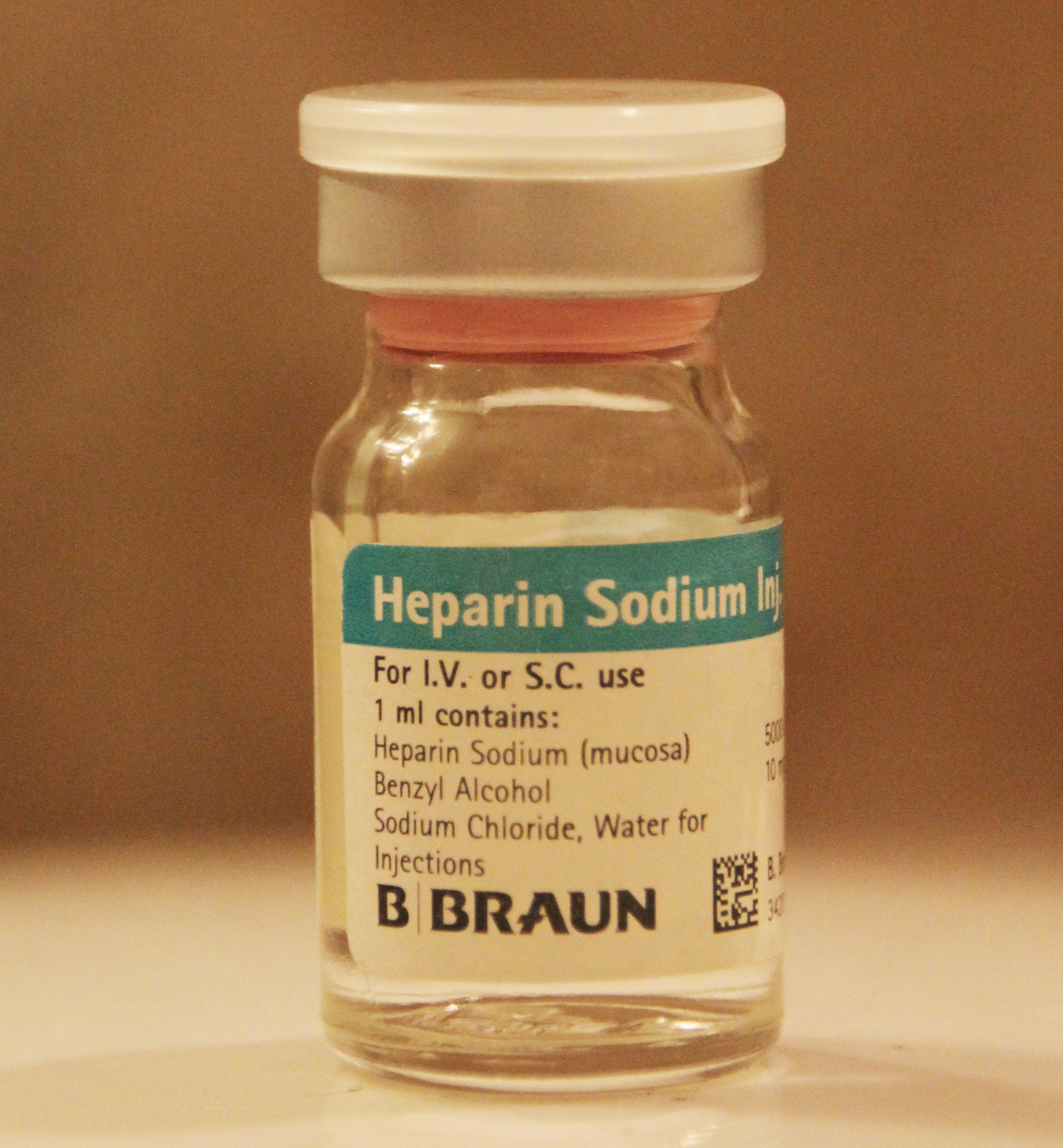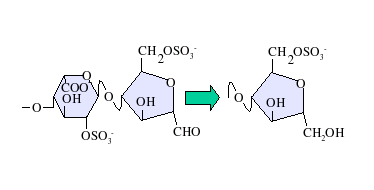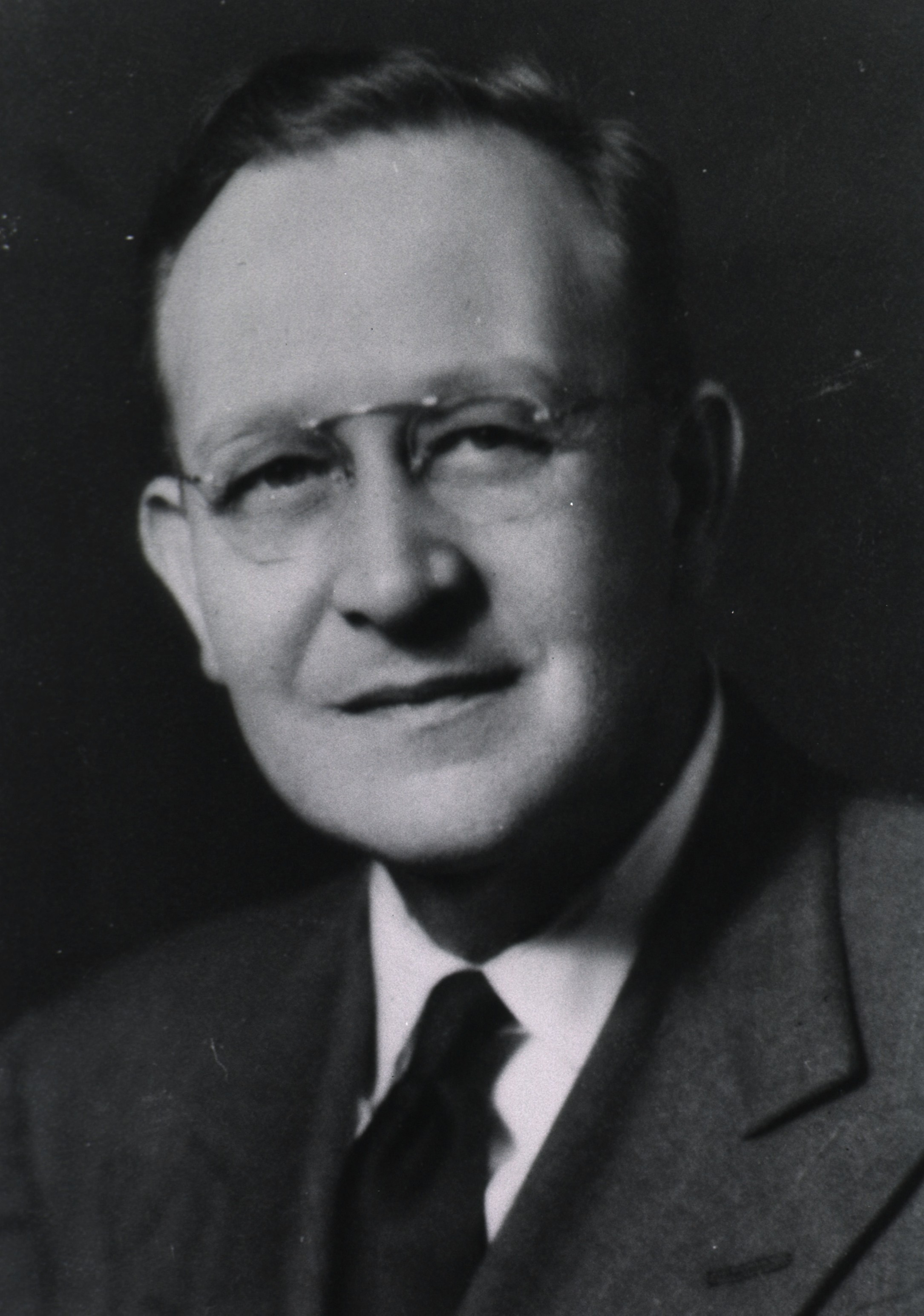|
Heparins
Heparin, also known as unfractionated heparin (UFH), is a medication and naturally occurring glycosaminoglycan. Heparin is a blood anticoagulant that increases the activity of antithrombin. It is used in the treatment of heart attacks and unstable angina. It can be given intravenously or by injection under the skin. Its anticoagulant properties make it useful to prevent blood clotting in blood specimen test tubes and kidney dialysis machines. Common side effects include bleeding, pain at the injection site, and low blood platelets. Serious side effects include heparin-induced thrombocytopenia. Greater care is needed in those with poor kidney function. Heparin is contraindicated for suspected cases of vaccine-induced pro-thrombotic immune thrombocytopenia (VIPIT) secondary to SARS-CoV-2 vaccination, as heparin may further increase the risk of bleeding in an anti-PF4/heparin complex autoimmune manner, in favor of alternative anticoagulant medications (such as argatroban or ... [...More Info...] [...Related Items...] OR: [Wikipedia] [Google] [Baidu] |
Danaparoid
Danaparoid sodium (Orgaran) is an anticoagulant with an antithrombotic action due to inhibition of thrombin generation (TGI) by two mechanisms: indirect inactivation of Factor Xa via AT and direct inhibition of thrombin activation of Factor IX (an important feedback loop for thrombin generation). It also possesses a minor anti-thrombin activity, mediated equally via AT and Heparin Co-factor II producing a ratio of anti-Xa:IIa activity >22. [Meuleman DG. Haemostasis 1992;22:58-65 and Ofosu FA Haemostasis 1992;22:66-72] Danaparoid is a low molecular weight heparinoid devoid of heparin. It consists of a mixture of heparan sulfate, dermatan sulfate, and chondroitin sulfate. It is chemically distinct from heparin, has different protein-binding properties because of its low degree of sulphation and low surface charge density and thus has little cross-reactivity in heparin-intolerant patients. The TGI activity, considered by Fernandes et al. [Thromb Haemostas 1987;57/3:286-93] to provide ... [...More Info...] [...Related Items...] OR: [Wikipedia] [Google] [Baidu] |
Low Molecular Weight Heparin
Low-molecular-weight heparin (LMWH) is a class of anticoagulant medications. They are used in the prevention of Thrombosis prevention, blood clots and, in the treatment of venous thromboembolism (deep vein thrombosis and pulmonary embolism), and the treatment of myocardial infarction. Heparin is a naturally occurring polysaccharide that inhibits coagulation, preventing thrombosis. Natural heparin consists of molecular chains of varying lengths or molecular weights. Chains of varying molecular weights, from 5000 to over 40,000 Dalton (unit), daltons, make up polydisperse pharmaceutical-grade heparin. LMWHs, in contrast, consist of only short chains of polysaccharides. LMWHs are defined as heparin salts having an average molecular weight of less than 8000 Da and for which at least 60% of all chains have a molecular weight less than 8000 Da. Various methods of fractionation or depolymerisation, depolymerization of polymeric heparin obtain these. Heparin derived from natura ... [...More Info...] [...Related Items...] OR: [Wikipedia] [Google] [Baidu] |
Intravenous Therapy
Intravenous therapy (abbreviated as IV therapy) is a medical technique that administers fluids, medications and nutrients directly into a person's vein. The intravenous route of administration is commonly used for rehydration or to provide nutrients for those who cannot, or will not—due to reduced mental states or otherwise—consume food or water per os, by mouth. It may also be used to administer pharmaceutical drug, medications or other medical therapy such as blood transfusion, blood products or electrolytes to correct electrolyte imbalances. Attempts at providing intravenous therapy have been recorded as early as the 1400s, but the practice did not become widespread until the 1900s after the development of techniques for safe, effective use. The intravenous route is the fastest way to deliver medications and fluid replacement throughout the body as they are introduced directly into the circulatory system and thus quickly distributed. For this reason, the intravenous route ... [...More Info...] [...Related Items...] OR: [Wikipedia] [Google] [Baidu] |
Polysaccharide
Polysaccharides (), or polycarbohydrates, are the most abundant carbohydrates found in food. They are long-chain polymeric carbohydrates composed of monosaccharide units bound together by glycosidic linkages. This carbohydrate can react with water (hydrolysis) using amylase enzymes as catalyst, which produces constituent sugars (monosaccharides or oligosaccharides). They range in structure from linear to highly branched. Examples include storage polysaccharides such as starch, glycogen and galactogen and structural polysaccharides such as hemicellulose and chitin. Polysaccharides are often quite heterogeneous, containing slight modifications of the repeating unit. Depending on the structure, these macromolecules can have distinct properties from their monosaccharide building blocks. They may be amorphous or even insoluble in water. When all the monosaccharides in a polysaccharide are the same type, the polysaccharide is called a homopolysaccharide or homoglycan, but when more t ... [...More Info...] [...Related Items...] OR: [Wikipedia] [Google] [Baidu] |
Johns Hopkins University
The Johns Hopkins University (often abbreviated as Johns Hopkins, Hopkins, or JHU) is a private university, private research university in Baltimore, Maryland, United States. Founded in 1876 based on the European research institution model, Johns Hopkins is considered to be the first research university in the U.S. The university was named for its first benefactor, the American entrepreneur and Quakers, Quaker philanthropist Johns Hopkins. Hopkins's $7 million bequest (equivalent to $ in ) to establish the university was the largest Philanthropy, philanthropic gift in U.S. history up to that time. Daniel Coit Gilman, who was inaugurated as :Presidents of Johns Hopkins University, Johns Hopkins's first president on February 22, 1876, led the university to revolutionize higher education in the U.S. by integrating teaching and research. In 1900, Johns Hopkins became a founding member of the Association of American Universities. The university has led all Higher education in the U ... [...More Info...] [...Related Items...] OR: [Wikipedia] [Google] [Baidu] |
Liver
The liver is a major metabolic organ (anatomy), organ exclusively found in vertebrates, which performs many essential biological Function (biology), functions such as detoxification of the organism, and the Protein biosynthesis, synthesis of various proteins and various other Biochemistry, biochemicals necessary for digestion and growth. In humans, it is located in the quadrants and regions of abdomen, right upper quadrant of the abdomen, below the thoracic diaphragm, diaphragm and mostly shielded by the lower right rib cage. Its other metabolic roles include carbohydrate metabolism, the production of a number of hormones, conversion and storage of nutrients such as glucose and glycogen, and the decomposition of red blood cells. Anatomical and medical terminology often use the prefix List of medical roots, suffixes and prefixes#H, ''hepat-'' from ἡπατο-, from the Greek language, Greek word for liver, such as hepatology, and hepatitis The liver is also an accessory digestive ... [...More Info...] [...Related Items...] OR: [Wikipedia] [Google] [Baidu] |
William Henry Howell
William Henry Howell (February 20, 1860 – February 6, 1945) was an American physiologist. He pioneered the use of heparin as a blood anti-coagulant. Early life William Henry Howell was born on February 20, 1860, in Baltimore, Maryland. He graduated from the Baltimore City College high school in 1878. He was educated at Johns Hopkins University, from which he graduated in 1881 with a Bachelor of Arts. He taught at the University of Michigan and at Harvard before becoming professor at Johns Hopkins in 1893. He received a Doctor of Medicine from the University of Michigan in 1890. He graduated with a PhD from Johns Hopkins in 1894. He also studied at Trinity College and the University of Edinburgh. Career Howell served as associate professor of physiology at Johns Hopkins in 1888 and 1889. He served as a full professor at the University of Michigan from 1889 to 1892. He then served as associate professor of physiology at Harvard Medical School from 1892 to 1893. He then moved ba ... [...More Info...] [...Related Items...] OR: [Wikipedia] [Google] [Baidu] |
Jay McLean
Jay McLean (1890 – November 14, 1957) was an Americans, American surgeon. He is most notable for his major contribution to the discovery of heparin. Early life Born in San Francisco in 1890, he was the son of a physician, John T. McLean. McLean's family lost their home and assets in the 1906 San Francisco earthquake. McLean set out to become a surgeon during his last year at Lowell High School. Following education at Lowell High School, he entered the University of California at Berkeley in 1909, obtaining his Bachelor of Science degree in 1914. Career McLean moved to Baltimore following his graduation from the University of California, Berkeley, University of California before receiving an acceptance from Johns Hopkins School of Medicine. Following his move he was informed of a vacancy at the school and began his medical studies in 1915. McLean entered Johns Hopkins School of Medicine in 1915 where he met and began work with physiologist William Henry Howell. Howell admit ... [...More Info...] [...Related Items...] OR: [Wikipedia] [Google] [Baidu] |
Fractionated
Fractionation is a separation process in which a certain quantity of a mixture (of gasses, solids, liquids, enzymes, or isotopes, or a suspension) is divided during a phase transition, into a number of smaller quantities (fractions) in which the composition varies according to a gradient. Fractions are collected based on differences in a specific property of the individual components. A common trait in fractionations is the need to find an optimum between the amount of fractions collected and the desired purity in each fraction. Fractionation makes it possible to isolate more than two components in a mixture in a single run. This property sets it apart from other separation techniques. Fractionation is widely employed in many branches of science and technology. Mixtures of liquids and gasses are separated by fractional distillation by difference in boiling point. Fractionation of components also takes place in column chromatography by a difference in affinity between stationar ... [...More Info...] [...Related Items...] OR: [Wikipedia] [Google] [Baidu] |
WHO Model List Of Essential Medicines
The WHO Model List of Essential Medicines (aka Essential Medicines List or EML), published by the World Health Organization (WHO), contains the medications considered to be most effective and safe to meet the most important needs in a health system. The list is frequently used by countries to help develop their own local lists of essential medicines. , more than 155 countries have created national lists of essential medicines based on the World Health Organization's model list. This includes both Developed country, developed and Developing country, developing countries. The list is divided into core items and complementary items. The core items are deemed to be the most cost-effective options for key health problems and are usable with little additional health care resources. The complementary items either require additional infrastructure such as specially trained health care providers or diagnostic equipment or have a lower cost–benefit ratio. About 25% of items are in the ... [...More Info...] [...Related Items...] OR: [Wikipedia] [Google] [Baidu] |
Mammals
A mammal () is a vertebrate animal of the class Mammalia (). Mammals are characterised by the presence of milk-producing mammary glands for feeding their young, a broad neocortex region of the brain, fur or hair, and three middle ear bones. These characteristics distinguish them from reptiles and birds, from which their ancestors diverged in the Carboniferous Period over 300 million years ago. Around 6,640 extant species of mammals have been described and divided into 27 orders. The study of mammals is called mammalogy. The largest orders of mammals, by number of species, are the rodents, bats, and eulipotyphlans (including hedgehogs, moles and shrews). The next three are the primates (including humans, monkeys and lemurs), the even-toed ungulates (including pigs, camels, and whales), and the Carnivora (including cats, dogs, and seals). Mammals are the only living members of Synapsida; this clade, together with Sauropsida (reptiles and ... [...More Info...] [...Related Items...] OR: [Wikipedia] [Google] [Baidu] |







